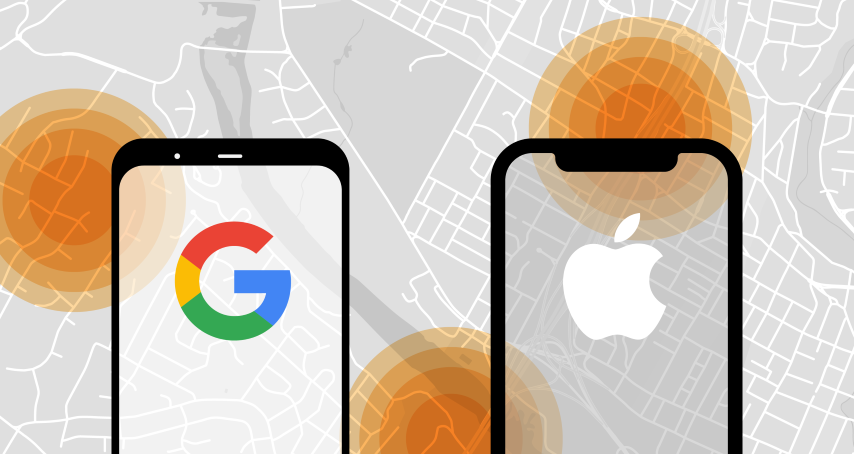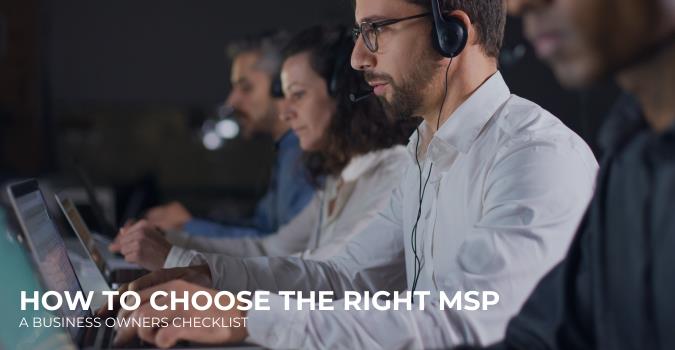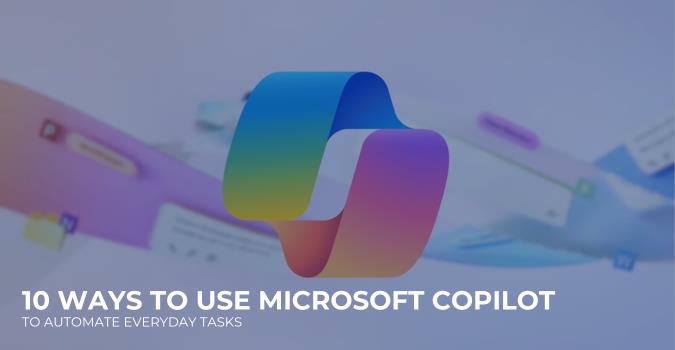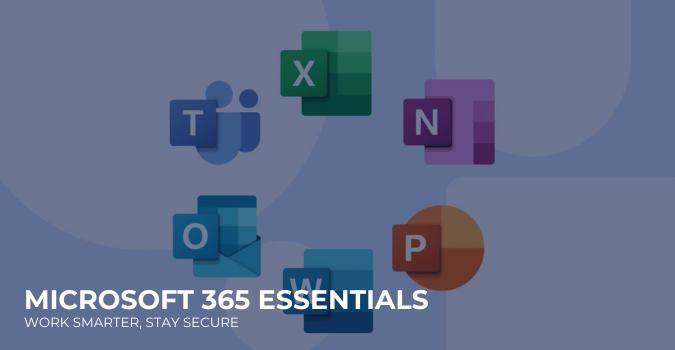A new technology that could help alert people who have been in close contact with someone who has COVID-19 is being tested to determine if it will work in Australia. Google and Apple have devised a COVID-19 exposure notification system they hope health authorities globally will use to build contract tracing apps and improve existing platforms, like Australia’s COVIDSafe.
It has been offered to governments across the world and so far 22 countries have requested and received access to the technology, including Australia. “The Digital Transformation Agency and the Department of Health have been working with Apple and Google to understand and test the Exposure Notification Framework since it was released to see how it can be applied in Australia,” a spokesman for Government Services minister Stuart Robert said.
“That testing is ongoing.”
How does it work?
Apple and Google said the application programming interface (API) was designed to improve local contact tracing efforts and not replace them.
The pair said the technology could address some of the technical difficulties that have plagued contact tracing apps, including Australia’s COVIDSafe.
The API, like COVIDSafe, uses Bluetooth to create a log of other devices that come into close range.
While the government said COVIDSafe worked reliably on launch, Digital Transformation Agency (DTA) chief executive Randall Brugeaud later admitted an iPhone could not always record all the people it came into close contact with due to Bluetooth issues.
“The quality of the Bluetooth connectivity for phones that have the app installed running in the foreground is very good [but] it progressively deteriorates,” he said.
“You get to a point where the phone is locked and the app is running in the background.”
Subsequent software updates to COVIDSafe may have improved these issues, but the DTA is yet to clarify how it has enhanced the performance on iPhones.
“We are continuing the enhancement of the Bluetooth operation of the app on iPhones and it is working as designed,” said Department of Health Chief Information Officer Daniel Keys.
Apple and Google believe that without their assistance, contact tracing apps that rely on Bluetooth may have technical challenges and drain phone batteries.
They also said iPhones and Android phones that have downloaded contact tracing apps cannot easily detect each other without the API.
The technical challenges outlined by the companies suggest the COVIDSafe app is not able to collect all the data it was set out to do.
“Apple and Google cooperated to build … technology that will enable apps created by public health agencies to work more accurately, reliably, and effectively across both Android phones and iPhones,” a spokesperson for Apple and Google said.
How are the API and COVIDSafe apps different?
The COVIDSafe app keeps an encrypted log of everyone who also has the app on their device if they come into close contact with each other, but users cannot access that list.
But Thinking Cybersecurity CEO Vanessa Teague said there is a key difference in how Google and Apple want the data to be shared.
“It’s crucially different in the amount of information that passes through the central authorities,” she said.
Under the COVIDSafe app, health authorities ask permission to access the information about who an infected person has been in contact with and then use it to notify those people.
Ms. Teague said the Apple/Google system would mean health authorities are removed from the process.
While the exact operating details are unclear, it seems that if a person tests positive they can choose to report the diagnosis, which would then send a notification to those who had been in close contact.
“You get a notification on your phone that says you have been in proximity with a person who has tested positive for COVID-19 so then you know, but at that point, the authorities don’t know that you have been potentially exposed,” she said.
Apple and Google would allow public health authorities to decide how to reach exposed individuals for further contact tracing — possibly by asking users to voluntarily share personal details, like a phone number.
But can we even use the API?
While the Department of Health examines whether the API can be used in conjunction with COVIDSafe, Apple and Google have made clear there are restrictions on its use that could complicate any moves by Australia to take up the system.
For example, while health authorities can ask users to share personal information such as a phone number to support contact tracing efforts, the companies’ spokespeople said the app cannot require it.
COVIDSafe currently asks the user to share a name, phone number, postcode, and age range before they can download the app.
Ms. Teague said the API will likely fix technology problems associated with COVIDSafe such as Bluetooth connectivity, but the Government may not be inclined to give away the control it has to contact trace.
But she argued that if the Government adopted the API, more Australians could be inclined to sign up.
“That is the key democratic decision to be made,” she said.
“If we want a decentralized app, there will be less information available to centralized government service.
“But maybe more people will use the app because they will be more willing to do so if that information isn’t being centralized.”
“Or, we could continue to insist on the centralized app knowing some people won’t use it because they don’t want that information shared about them.”
The Government will no doubt be looking to try and find a balance so that it can improve the technology of the app while being able to maintain control of contact tracing.
Health Minister Greg Hunt spoke with Apple’s vice president for health, Dr. Sumbul Desai, to discuss Australia’s health roadmap, which included screening tools and the COVIDSafe app.
Article Courtesy: www.abc.net.au
Also Read:




